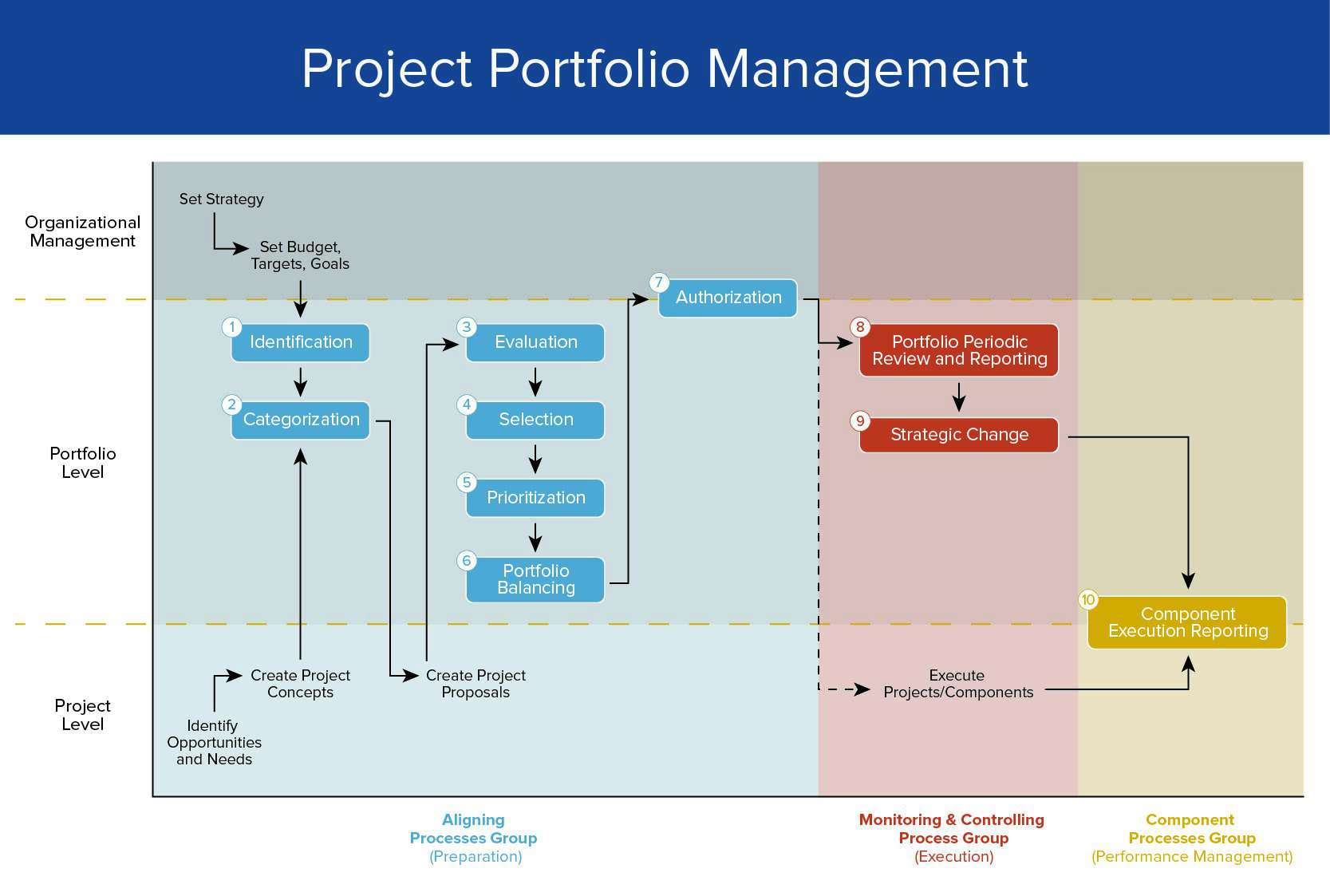

The purpose is to capture the learning process. The second type of portfolio that we commonly see is more of a running record of learning. 2) Process or Learning Portfolio: A Work in Progress In higher education, we see commonly see showcase portfolios that highlight a student’s CV or resume to suit a particular purpose such as attracting potential employers. These sorts of portfolios can assist with self-marketing, online branding, or building a positive digital footprint. Students are generally given the choice to decide what is published. The showcase portfolio is often used to share a student’s best achievements or evidence of learning. The connect element is an interesting – it involves sharing student work with others (probably beyond the teacher) and actively seeking an audience and feedback.
#Classy stuff project mportfolio classification exps pdf#
Some schools adopt the mantra of, “collect, select, reflect, connect” ( PDF Hughes, 2008). The content that’s added to showcase portfolios is written after the learning takes place, often with reflection from the student.

These types of portfolios focus on the portfolio as a product and are also typically called professional portfolios, formal portfolios, or career portfolio. Let’s take a look at these four types of portfolios 1) Showcase or Presentation Portfolio: A Collection of Best Work There are four main types or functions of ePortfolios in schools and higher education: What type of ePortfolios will students create? Let’s break down the 4 most popular types and how they’re used.


 0 kommentar(er)
0 kommentar(er)
